Session celebrate history of Chinese calligraphy
ISLAMABAD: The Pakistan National Council of Arts hosted an interactive session on Thursday with a Chinese calligraphy artist and a photographer, in which the history of Chinese calligraphy and its importance in modern day China was highlighted.
The session also focused on the beauty of the city of Zhangjiajie in China’s northwest province of Hunan and its importance as a photography tourism spot – especially with the establishment of the world’s longest glass bridge.
The session preceded an art exhibition organised by the Embassy of China and the Ministry of Information, Broadcasting and National Heritage at the PNCA on Friday, Oct 21 to mark the 67th anniversary of the founding of China.
Calligraphist Dr Jianing Wang, who studied calligraphy at the China Academy of Fine Arts and now teaches calligraphy, took the audience through the history of Chinese calligraphy which, she said, can be divided into eight main periods.
She described the history of Chinese calligraphy as the “epitome” of the history of Chinese culture. Using photographs, she showed how Chinese calligraphy had evolved from strict strokes to a more cursive style.
“Most Chinese calligraphy is traditional and just a few are working on developing contemporary styles,” she said.
Dr Wang added that learning calligraphy is an important part of the school curriculum in China and children are taught the art form in primary school.
The calligraphist then wrote in cursive calligraphy, which is a more contemporary style, she said, and invited audience members to try their hand at calligraphy as well. Participants wrote in Urdu and also tried their hand at writing in Chinese.
Dr Wang’s presentation was followed by a talk by Jianhua Sun, a landscape photographer and the Director of Fine Arts and Photography at the Department of Zhangjiajie Culture Gallery.
Mr Sun delivered his speech in Chinese, which had to be translated after each sentence and so much of his speech was lost in translation.
He started his presentation with a map of Zhangjiajie which was marked with popular photography destinations. This was followed by collection of the photographs of various landscapes in Zhangjiajie he had taken during different seasons and weather. Some of the pictures were taken so that they looked like Chinese oil paintings while others were taken so that the lighting gave it a greyscale effect.
Mr Sun said that at times he had to stay at a particular destination for a couple of days to get the perfect picture.
Published in Dawn, October 21st, 2016


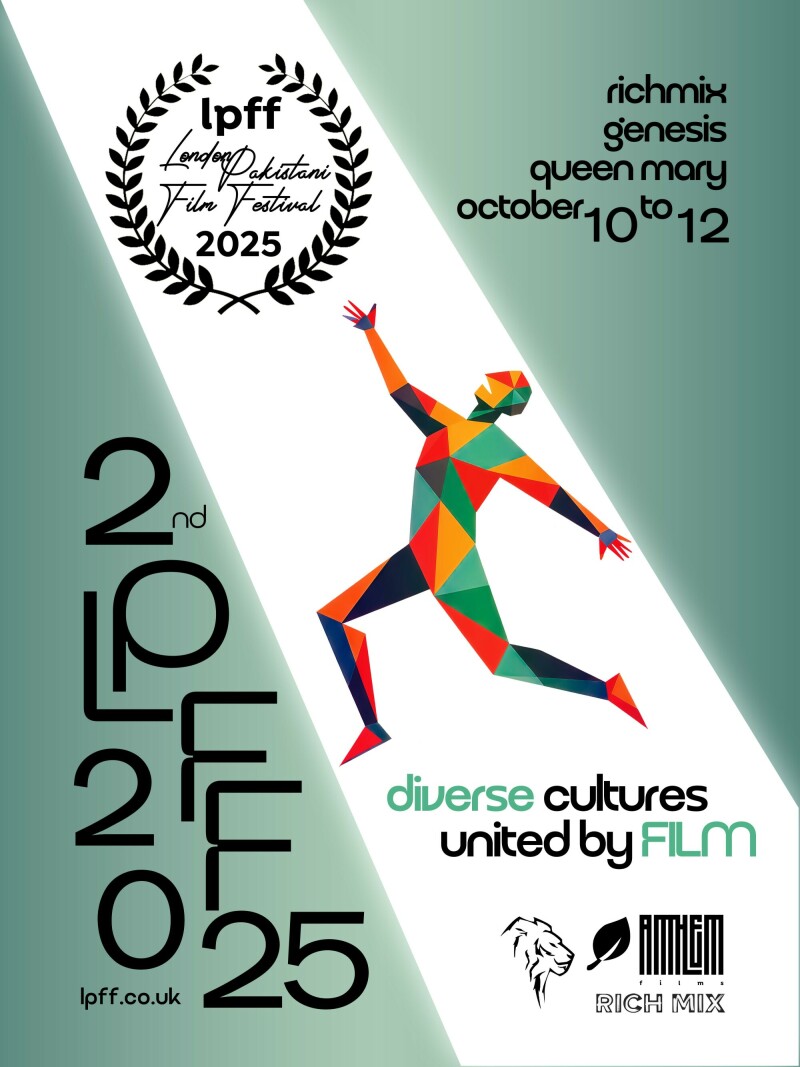
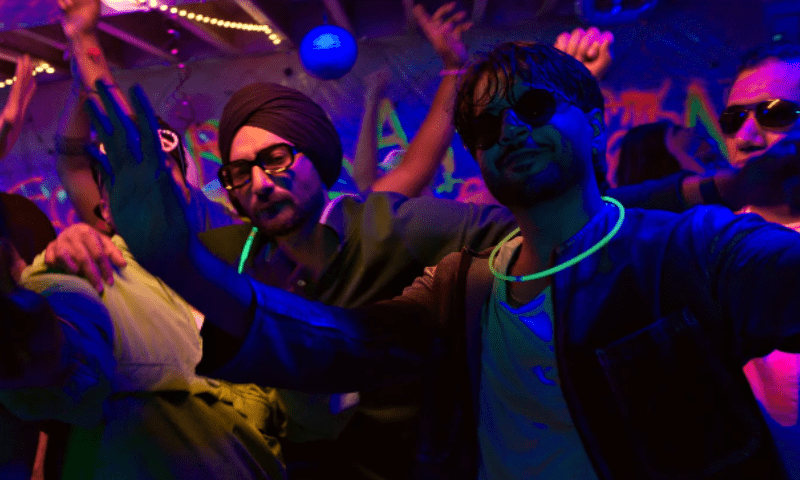
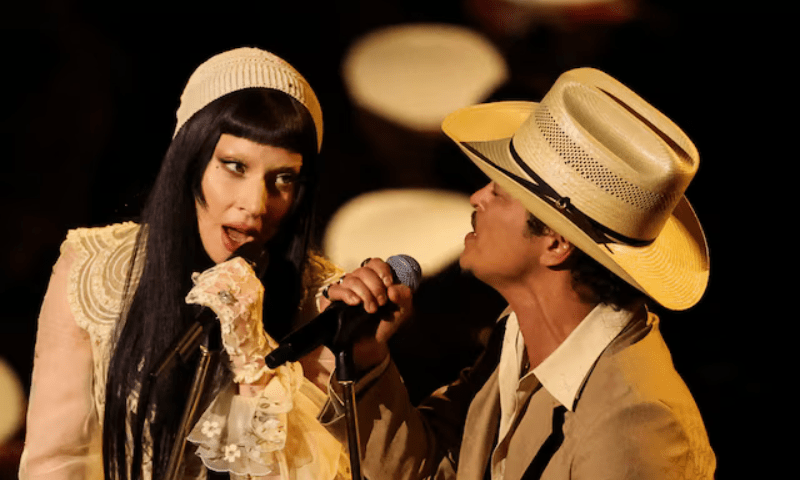




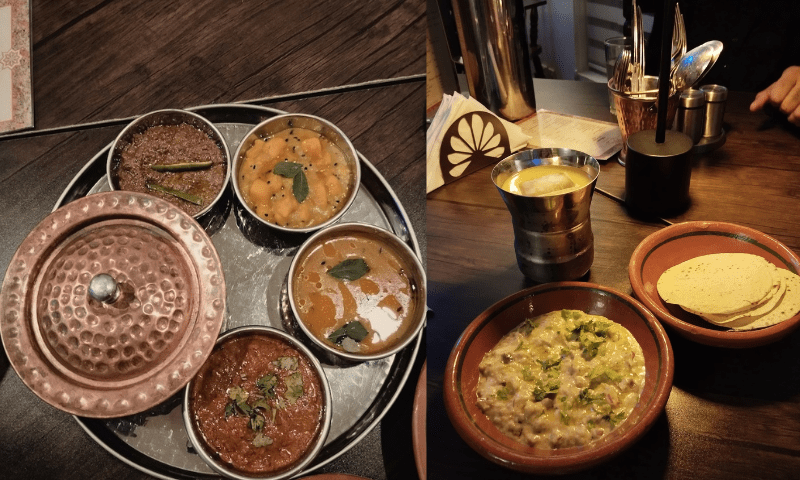
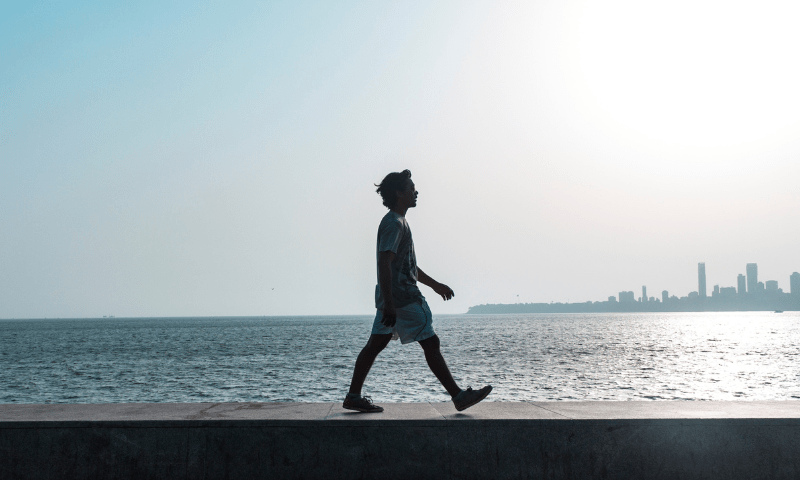
Comments